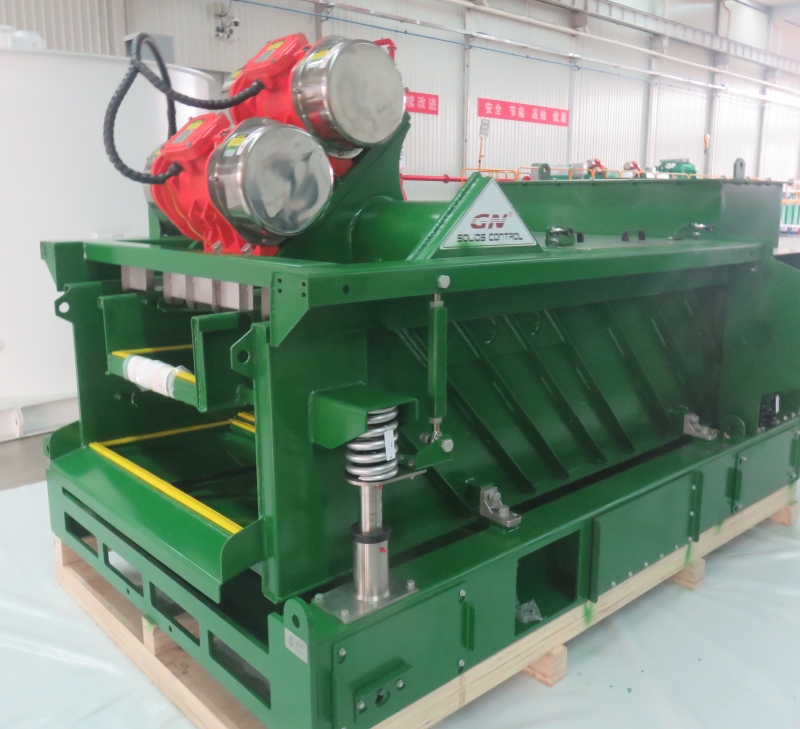GN Solids Control successful provide two sets of drilling mud dewatering decanter centrifuge systems to European client.
Each system is meticulously engineered with a GNLW364FT decanter centrifuge, a chemical dosing system, and a mud feed screw pump, all housed within standard containers for enhanced transportation efficiency and ease of installation. This innovative packaging approach significantly boosts the maintainability and protection of the equipment, ensuring a long service life and minimal downtime.

The T-series dehydration/concentration decanter centrifuges, chosen by the European client, are renowned for their robust separation capabilities and versatility. With a drum diameter of 14 inches, a length of 59.5 inches, a maximum speed of 3964 RPM, and a separation factor of up to 3200G, these decanter centrifuges are ideally suited for materials with large particles, significant solid-liquid density differences, low viscosity, and high concentration. They excel in applications requiring high treatment capacity and dryness, such as drilling mud.

The decanter centrifuges showcase exceptional performance in the treatment of drilling mud and challenging materials like fine particle-containing wastewater. By using flocculating agents to agglomerate particles, the T-series decanter centrifuges facilitate efficient dehydration, enhancing mud treatment efficiency and reducing the complexity and cost of subsequent processes.

Beyond drilling mud, GN Solids Control‘s T-series decanter centrifuges are widely applicable in various industries. They are employed in the separation and dehydration of environmental sewage, oily sludge, cutting fluids, sand washing water, ore washing water, and more. Their adaptability extends to Chinese herbal plant extraction and the clarification and concentration of salt crystals, highlighting the company’s commitment to providing versatile solutions across diverse sectors.

The successful delivery of these systems not only strengthens GN Solids Control‘s foothold in Europe but also lays a robust foundation for its global expansion. Moving forward, GN Solids Control is committed to continuing its focus on technological innovation and product optimization. The company aims to offer clients more efficient and reliable solid-liquid separation solutions, further cementing its position as a leader in the industry


























